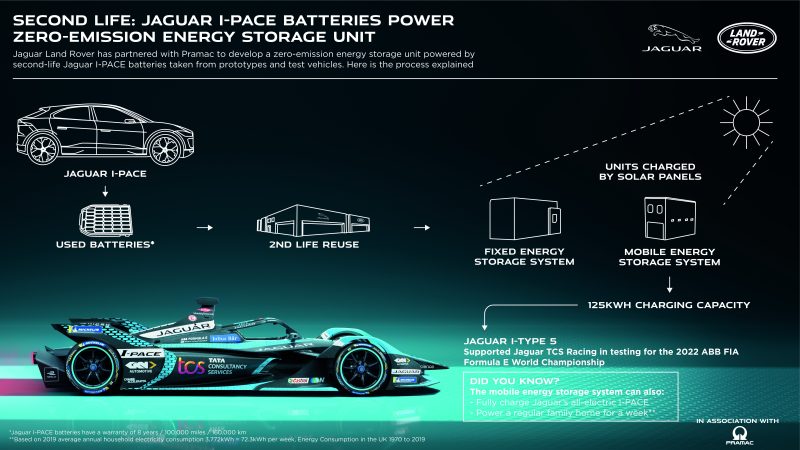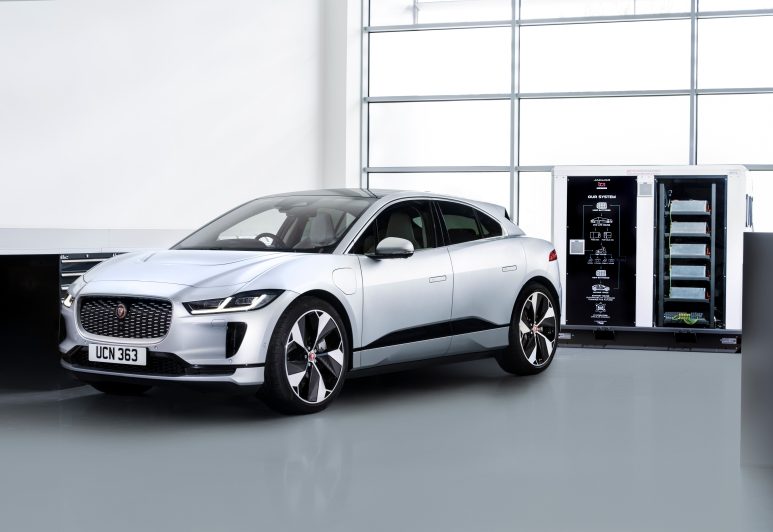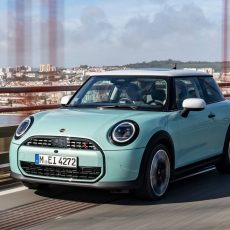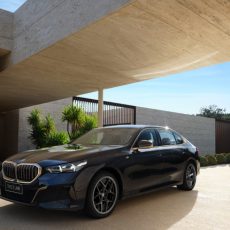Jaguar Land Rover’s electric vehicle batteries are getting a second life as part of Pramac’s latest off-grid battery energy storage solution for on-site work.

A collaboration between a global energy leader and an automobile manufacturer with a presence in the electric vehicle (EV) industry raises the stakes for alternative mobility and renewable energy. Jaguar Land Rover (JLR) and Pramac have teamed up to develop a portable, zero-emission energy storage unit powered by used automobile batteries.
The Off-Grid Battery Energy Storage System (ESS) will be powered by second-life Jaguar I-Pace batteries and will use Pramac’s technology, which has applications in construction, domestic energy storage, material handling systems, and even racing. To demonstrate its capabilities, the unit assisted Jaguar TCS Racing in preparing for the 2022 ABB FIA Formula E World Championship during testing in the United Kingdom and Spain, where it was used to power the team’s cutting-edge diagnostic equipment and provide auxiliary power to the Jaguar pit garage.

Jaguar TCS Racing’s testing and validation of the Off-Grid Battery ESS is an example of race-to-road-to-race cyclical technology transfer. Jaguar TCS Racing’s learnings influenced a software-over-the-air (SOTA) update for I-PACE customers that resulted in a real-world range boost of up to 20 km – and now more use cases for the Off-Grid Battery ESS based on the racing team’s programme are being evaluated.
The flagship ESS system has a capacity of up to 125 kWh, which is more than enough to charge Jaguar’s multi-award-winning all-electric I-PACE performance SUV or power a typical family home for a week. The unit is a self-contained solution that comprises of a battery system linked to a bi-directional converter and the accompanying control management systems and is charged by solar panels.

The units are equipped with Type 2 Electric Vehicle (EV) charge connectors with dynamic control and are rated at up to 22 kW AC, making them suitable for commercial use. It is great to see manufacturers take bold steps towards a sustainable future.
Also Read: Jaguar Vision Gran Turismo Roadster a virtual 1,000-HP EV Hypercar concept
Stoy by Kurt Morris




